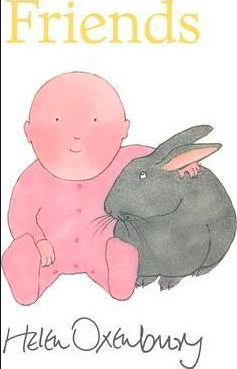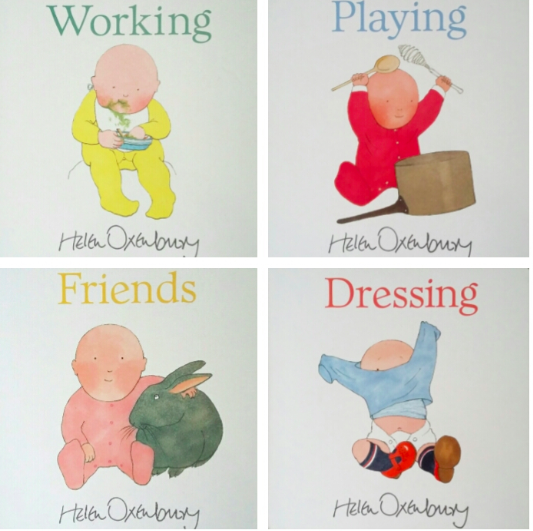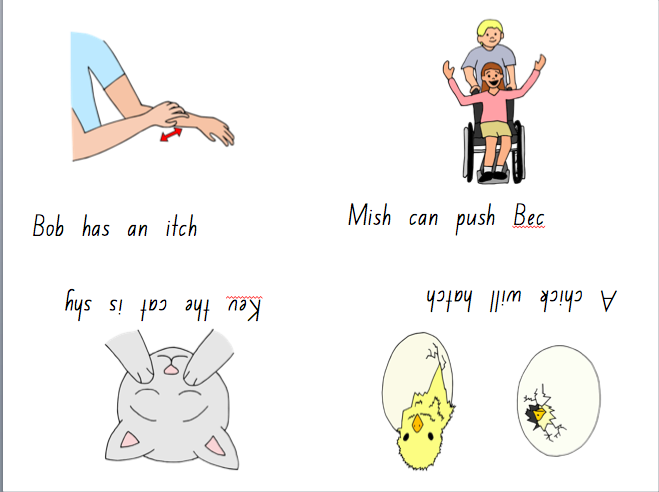This week I read: Two research tested learning strategies. A summary of spaced practice and retrieval practice learning strategies. The article was published on edutopia.org. Edutopia is one arm of George Lucas’ (the filmmaker) Educational Foundation. The website is described as a place educators can find evidence based information that can be adopted or adapted for use in the classroom. The article was written by Yana Weinstein and Megan A Smith both Assistant Professors in Psychology.
What led me to this article: I found the article because it was shared by Catherine Scott. Catherine runs a facebook group called People who like to talk about teaching – such a great name for a group! She is partially responsible for my reading list becoming increasingly unmanageable, but having too much to read is not really such a big problem.
How long did it take to read: 10 minutes
How long did it take me to write this blog: 2.5 hours
In a nutshell: This article piqued by interest because the topic Retrieval Practice made me think about how I often use drill practice with students. Some educators don’t like using drills because they say it’s boring and out of context. In fact when I was doing my teaching degree at university drill was painted as an old fashioned teaching technique. My lecturers implied that allowing students time and opportunity to construct their own understanding of topics was a much better option. At a recent professional learning course I went to Associate Professor Deslea Konza argued that Drill’n’kill should be renamed Drill’n’thrill. I agree as being there when a child is successfully retrieving information is thrilling for both student and teacher.
Spaced practice involves revisiting taught material multiple times. When the amount of time dedicated to a concept is spread across time instead of concentrated in one, or a week’s worth of lessons the learning is greater. In my own teaching the benefits of spaced practice are activated when we do a quick review of what we covered last week at the beginning of lessons. I love doing this because when students do remember they get that burst of success, which is a great day to start a lesson. When they don’t remember something the perfect opportunity for re-teaching is created.
Retrieval practice refers to the effect bring information from memory to front of mind and expressing it causes. Retrieving information from memory causes learning and is a more effective than re-reading or even re-writing information. Some ways teachers can incorporate retrieval practice into classrooms are:
- Mental maths quizzes
- Spelling tests and dictations
- Kahooot for personalized online quizzes
The authors also talk about desirable difficulty, the feeling of doing something that feels hard. The difficulty of the task is desirable because it results in more learning. I remember during exam study sessions at uni (I didn’t know about spaced practice back then) I would meet with 3 friends and take turn asking each other questions. The act of formulating the information we knew into a response that made sense was SO hard but really helped us cement our understanding of content.










